Jumpstart Your Fitness Journey: A Beginner's Guide To Working Out
Start your fitness journey today with 6 simple and practical steps based on research and the personal experiences of weight loss. Find your motivation for working out and develop habits to help you stay on track. Start setting fitness goals that steer you in the right direction.

Have you never exercised before or haven't done so in a long time? Perhaps you feel sluggish, unmotivated, or simply unsure how to start. Does the thought of committing to regular physical activity overwhelm or intimidate you? You're not alone. Many people, including myself, have found it hard to start exercise.
Starting an exercise routine can be daunting, but the health benefits are almost always worth the effort [1]. You're probably reading this now because you've been told the many benefits of exercising. Maybe you haven't yet found a good enough reason to start.
I was on the same boat just over a year ago. I was more overweight than ever when I had the urge to get into shape. It started with running and simple home exercises. Eventually, I signed up for a gym membership, where my workout progression escalated. Today, I stick to a home workout routine, with my motivations and goals in check.
Here are 6 pieces of advice that I found useful in initiating exercise and sticking to routines.
1. Know why you're working out
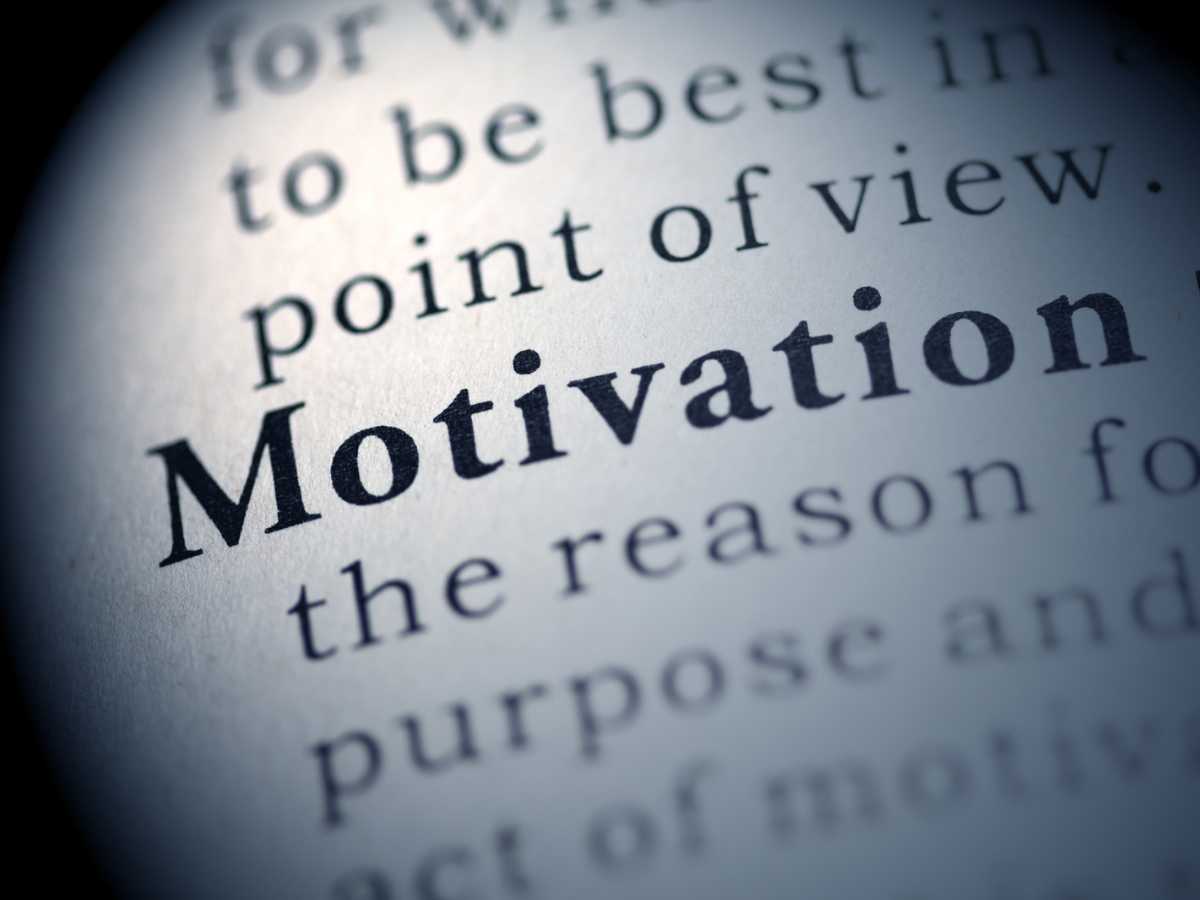
Find at least one reason behind wanting to exercise. To commit to something that takes effort and a good deal of time, you will need something to look forward to. You could find your source of motivation in many forms.
To look good
Wanting to look good is natural, and there's nothing cynical about that. Exercise can help you achieve your ideal body and boost your self-esteem. Don't worry about being perceived as a narcissist.
Engaging in physical activity to be more favourable in a social world is perfectly reasonable. Having any form of motivation, even if it's only superficial, helps maintain commitment to an exercise routine [2].
To be healthy
Did you put on weight over the COVID-19 pandemic? So did I. Overweight and obesity are serious issues plaguing the world at a skyrocketing rate [3].
The problems with being overweight don't end at having less energy or looking unwell. You're more likely to, or already, have complications associated with being overweight. These complications may include [4]:
- heart disease
- type 2 diabetes
- hypertension
By taking the first steps in your fitness journey, you're reducing strains on your body and improving your overall health.
Your mental health improves as soon as you start. After a couple of runs, I became less anxious and stressed. Most people only need 2 hours of exercise a week to see improvements in their mental health [5].
If you or someone you know is struggling with mental health, use these resources to find help.
Motivation meets discipline
Motivation may not last forever. We derive motivation from emotions, such as excitement or enjoyment, which can fluctuate. To build routines, we have to depend on discipline.
Discipline is committing to a routine and sticking to it, even when you don't feel like it. It helps you develop consistency in your exercise habits, which can lead to long-term success. However, to commit to something with no motivation would be unfeasible in the long-run.
After explicitly identifying our sources of motivation, you'll want to employ discipline to achieve your goals. The next five tips will show you how to accomplish that.
2. Make exercise fun
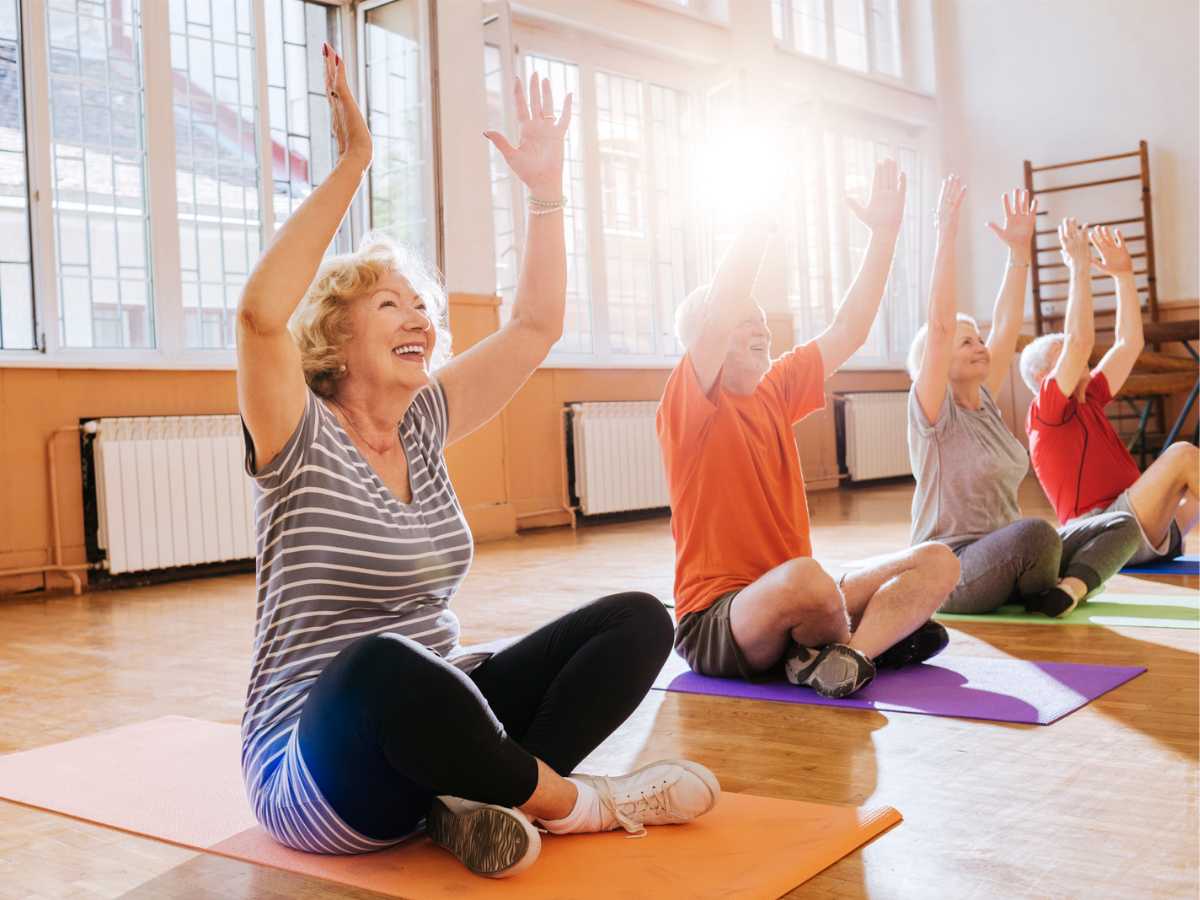
Exercise doesn't have to be tedious work. Making exercise fun can keep you motivated and committed to a regular workout routine. If you are struggling to find something that excites you, here are things you can do to spice up your workouts.
Explore activities
Get creative. Think of a few workout ideas and make a list. Here's a list of fun ways to exercise off the top of my head:
- Dance fitness classes, such as Zumba or hip hop.
- Swimming or water aerobics.
- Hiking or exploring nature trails.
- Team sports, such as basketball or soccer.
- Trampoline parks.
- Virtual reality fitness games.
- Outdoor yoga or Pilates classes.
- Rollerblading or skateboarding.
- Rock climbing or bouldering.
- Kayaking or paddle boarding.
I bet you've come up with a few yourself. There are hundreds of activities you could try, but there is likely only a handful that you think you'll enjoy. Some of those workout ideas may be less possible than others, such as kayaking if you live far from a large body of water. Try those realistic and manageable workout ideas that don't require you to shell out on equipment or travel for hours or days.
I started running because I wanted to observe the scenic routes around my neighbourhood. All I needed was a pair of shoes. If you're living in a safe suburban neighbourhood with some intention of exploring it, running is a great way to get around. Of course, running isn't for everyone.
If you enjoy social activities, try picking up a team sport or hike a new trail. If you're a fan of video games, virtual reality games are a great way to introduce some movement to your hobby.
Friends and groups
Instead of catching up with your friend over a meal or cup of coffee, suggest a workout that the two of you would enjoy. Make it social by framing the workout as a social activity by planning to grab a healthy snack after. You're less likely to postpone or cancel a workout if a friend was involved because you wouldn't want to disappoint them. Both of you would hold each other accountable. We're more committed to exercise when social stakes are involved [6]
If you're struggling to find a friend who's keen on working out, there are other ways to find company in your fitness journey. Head over to a nearby park and start a conversation. Remember, the people walking or jogging there are there for the same reasons you are. You could also join a walking group.
Try looking on Facebook or Meetup for a walking group or group that shares common recreational interests. If you're in Australia, you can visit the Heart Foundation Walking website to find a walking group in your area.
3. Make exercise part of your daily routine

Integrate physical activity into your day-to-day tasks. You might not have an hour every day to set aside for workouts, but you could still insert workouts into anything you do. I'll share with you a few examples of simple introduction of physical activity into mundane tasks.
Take the stairs
Take the stairs instead of the elevator or escalator. This is a great way to workout your legs and can help increase your heart rate. You might even save time by taking the stairs instead of waiting for an elevator. This is especially the case during peak times when elevators can be crowded.
Walk or bike more
Walk or bike instead of driving to your destination. You can reduce your carbon footprint on top of getting the workout. Take a walk on lunch breaks or after dinner. As a low-impact exercise, walking is a great way to get fresh air after meals.
Get a standing desk
Get a standing desk or take standing breaks. Sitting for long periods of time can be detrimental to your health [7]. Standing desks are becoming increasingly popular in workplaces and home offices, as people are realising its benefits. Studies show that the use of standing desks reduce neck and shoulder pain, among other health benefits [8].
If standing desks don't appeal to you, as they are pricey, try standing from your desk briefly every hour.
Light exercise with entertainment
Try bodyweight exercises, like squats or push-ups, while watching entertainment. Instead of sitting, add physical activity to the next time you binge a good Netflix series.
Tidy your home
Clean the house. That's it. Household chores can burn a lot of calories. I found this intuitive calorie calculator by Calorie Control Council that measures the number of calories you burn by doing certain household chores, such as vacuuming. Who would've thought that walking around the house and moving things would burn calories?
4. Make time to exercise
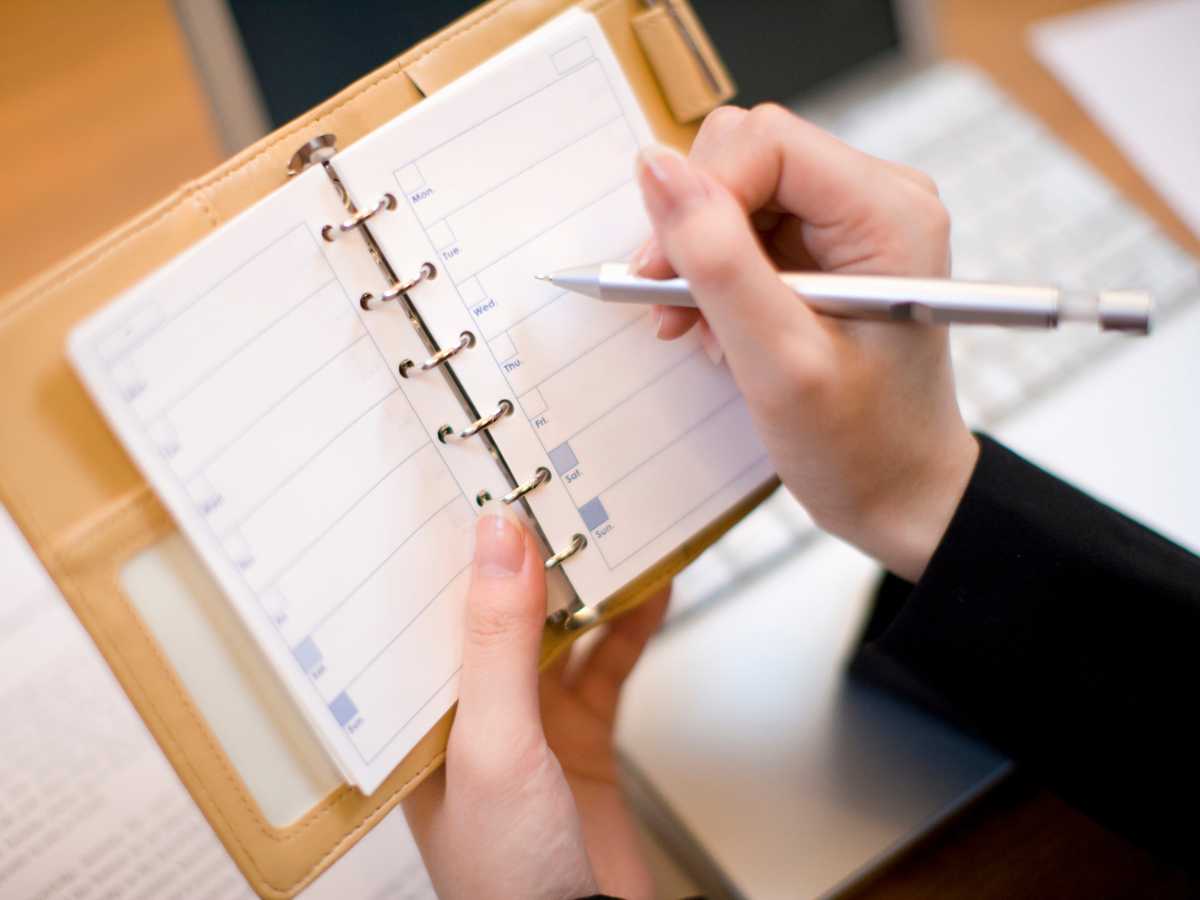
Finding the right time to exercise is crucial. The best time to exercise may depend on your schedule, lifestyle, and preferences. If you're like me, you'd prefer exercising in the morning to kick-start your day. You might prefer exercising in the afternoon or evening after a busy day instead.
What time should you exercise?
Finding the right time to exercise can help maximise certain health benefits. I'm not equipped to explain any differences in benefits of exercise during different times of day. Check out this article in The Washington Post by Gretchen Reynolds. The article summarises the differences between early- and late-day workouts.
Set a date
- Write a date down.
- Stick to it.
If you're just starting out, start scheduling 30-minute sessions 2-3 days a week at most. Setting concrete dates is essential in accomplishing any goal. If you want variety in your workouts, try making an activity planner to specify the activity on the day.
5. Set your fitness goals
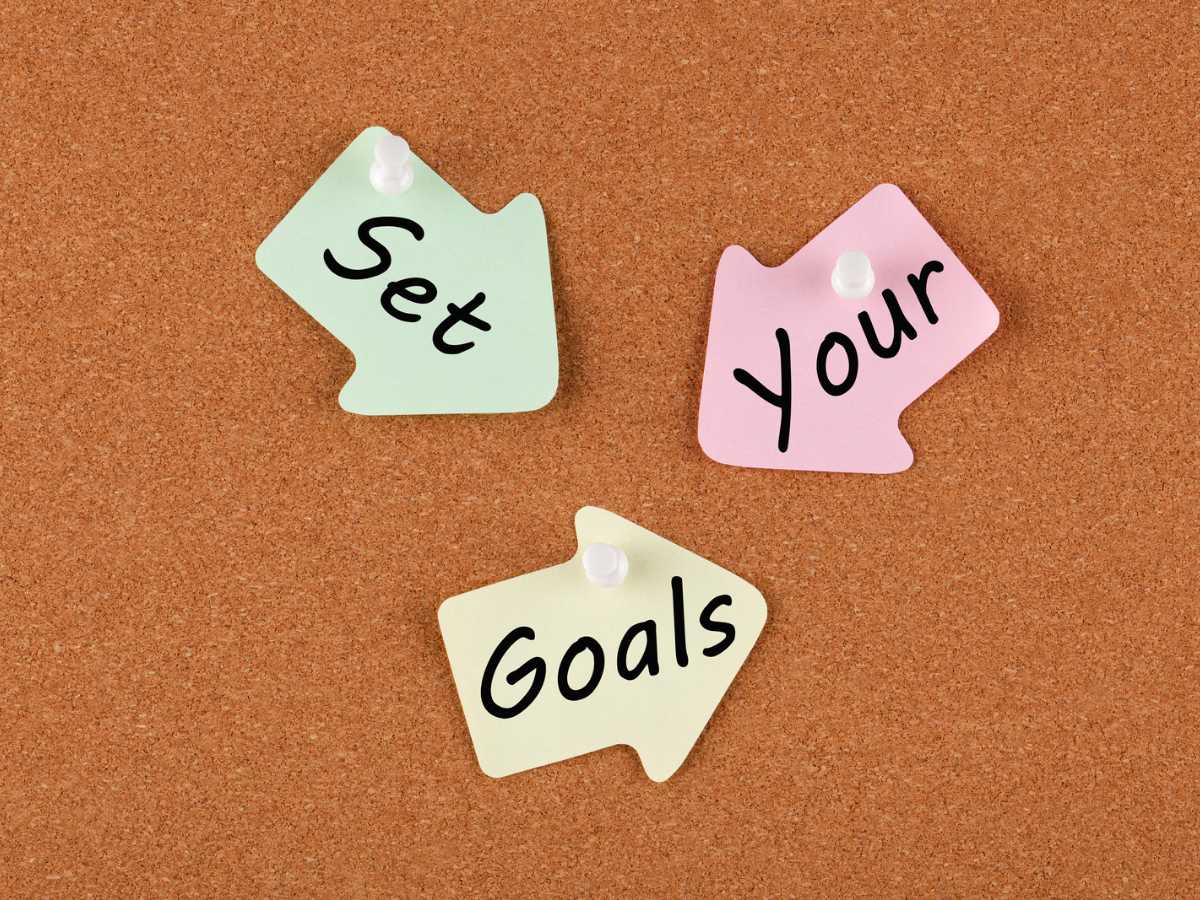
Set your fitness goals. They provide you with a clear direction and purpose for your workouts. It's difficult to stay motivated and make progress in your fitness journey without them.
Setting goals
Once you know what you want to achieve, you can determine the steps you'll have to take to get there. Does your goal involve changing your diet, your exercise routine, or other lifestyle habits? You can decide your courses of action by setting goals.
You can track your progress and see how far you've come. This keeps you motivated and helps you stay on track. Goals also help hold yourself accountable. When you keep that goal in mind, you're more likely to prioritise your workouts and make healthy choices throughout the day [6].
Set SMART goals
The SMART method helps you set effective goals. SMART goals are:
- Specific: Tells you how you're going to achieve the goal.
- Measurable: To see progress.
- Achievable: Reasonable and worth the effort.
- Relevant: Meaningful to some aspect of your life.
- Time-bound: Has a deadline.
A SMART goal looks like:
I will lose 10 kg (22 lbs) in 4 months by running 3-5 days a week and eating 2 serves of fruit every day to improve my wellbeing.
This SMART goal tells me much weight I want to lose, and when I want that accomplished. It states how I am going to achieve my goal. By achieving this goal, I get something meaningful to me. This goal was achievable for me (in less than 3 months).
Having the right goals will steady your hold on your fitness journey.
6. Invest in some workout gear
The first 5 tips are great ways to spark and maintain motivation. All that's left is to enable your fitness journey by getting the right equipment. This depends on your workout plan and resources.
I've stopped going to the gym in favour of a home workout routine. Social anxiety is a pain. However, I know plenty of people who have gym memberships. A gym membership may not be enough, as there are some staples that you'll want at home.
A pair of shoes
Besides stating the obvious, it's important to have a nice pair of shoes. There are differences between running shoes and training shoes for the gym. Here's a chart from the American Heart Association that explains how to pick the right pair of shoes.
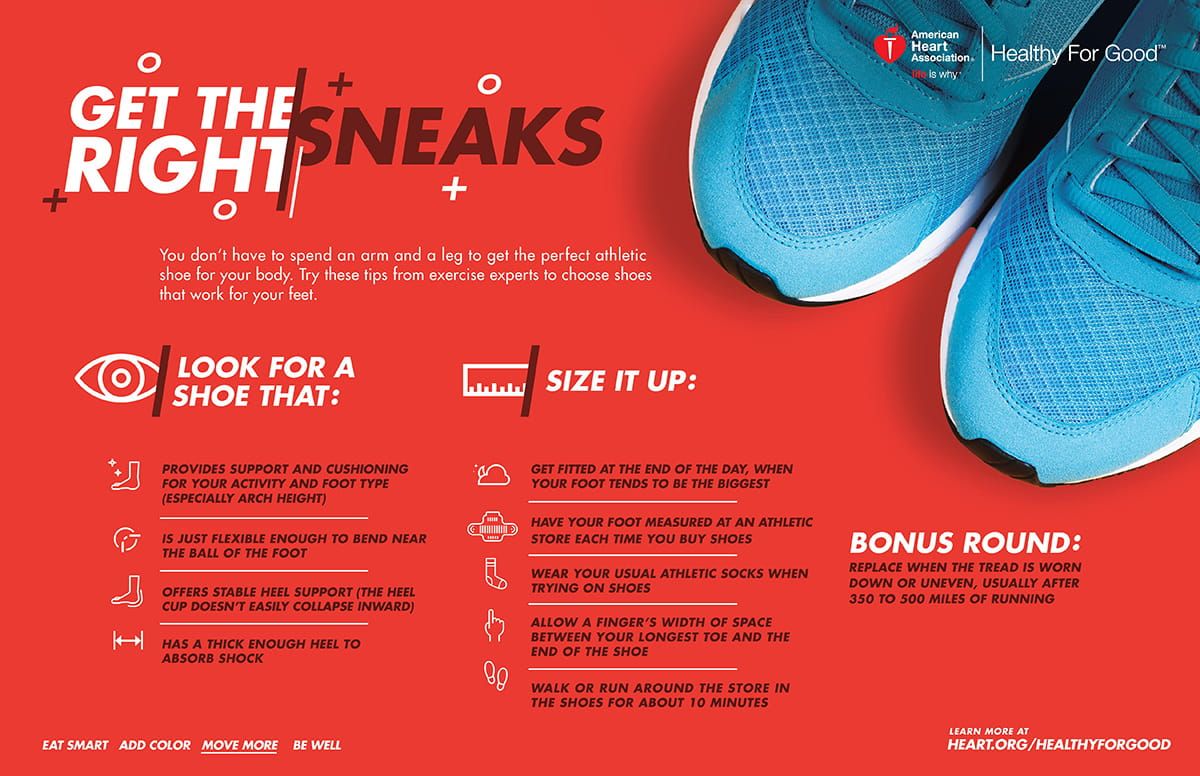
A yoga mat
A yoga mat is an essential piece of equipment to keep at home. They're convenient, lightweight, and easy to roll up. Besides for yoga and pilates, you can use yoga mats for many core and leg exercises. They provide the cushioning and traction you need for many forms of exercise. They also prevent you from coming into direct contact with the floor, which may be dirty or unsanitary.
Other equipment you may want
A nice pair of shoes and a yoga mat can go a long way. You may also consider getting:
- A foam roller: Helps relieve muscle tension and soreness.
- Dumbbells or resistance bands: For strength training exercises such as bicep curls, chest presses, and lunges.
- A pull-up bar: Pull-ups, chin-ups, and hanging leg raises are great upper body workouts. A pull-up bar opens up a lot of avenues for bodyweight exercises.
- Stability ball: For core strengthening exercises. They can also be used as a bench for dumbbell exercises.
- Treadmill: They take up a lot of space, and you might prefer running outside. However, they provide a convenient way to have cardio at home.
Get up and get going
If you made it this far, I hope I've given you enough fuel for your fitness journey. If you came here to trying to stay motivated, I hope I've helped you just the same. The key takeaway is that there are many ways to find sources of motivation and to enable your fitness journey.
Working out is worth it. You can make it fun. Set your fitness goals and stick to them.
Let's learn together
Thank you for reading. Sign up for our weekly newsletter to receive to the latest blog posts, updates, and more delivered straight to your inbox. Don't miss out on valuable insights, useful tips, and fascinating discussions. Join the growing Brief Blink community today and elevate your understanding to new heights.

